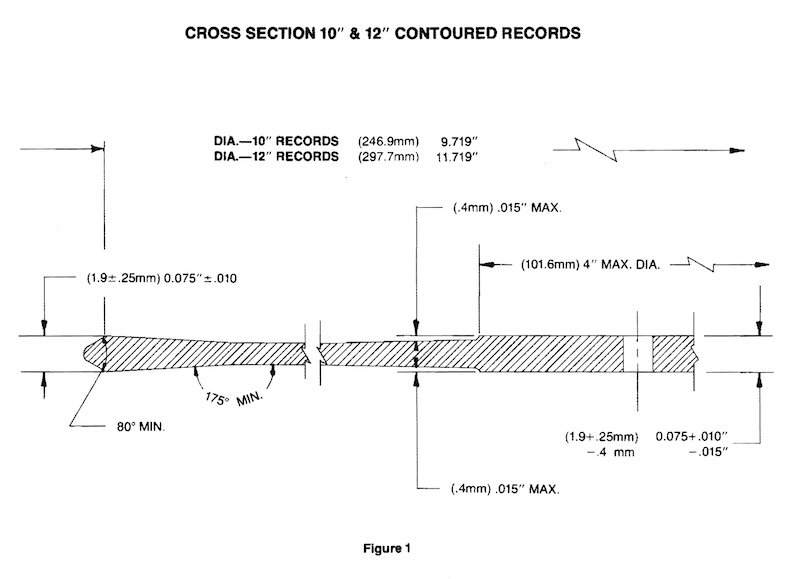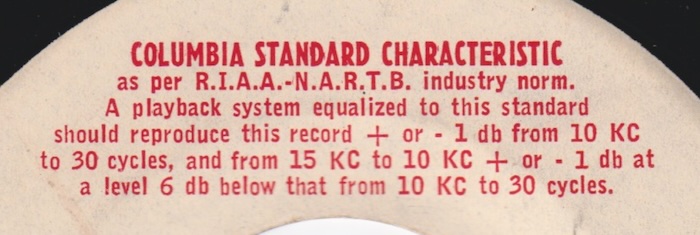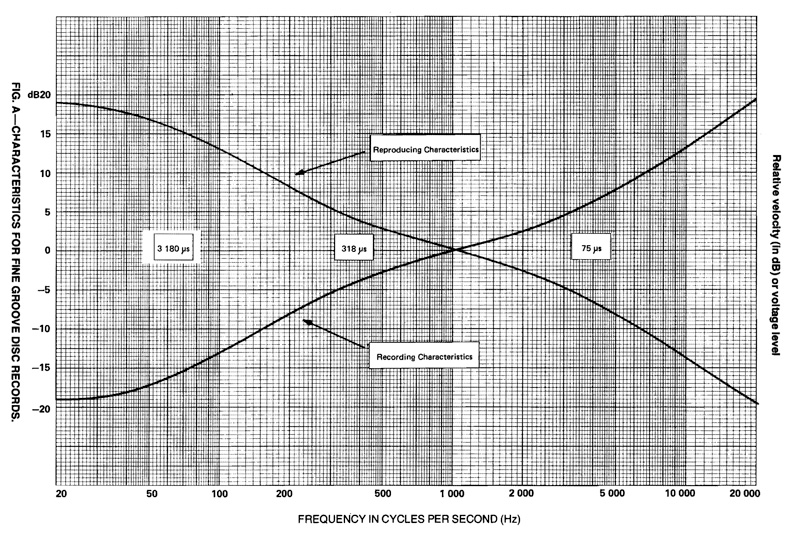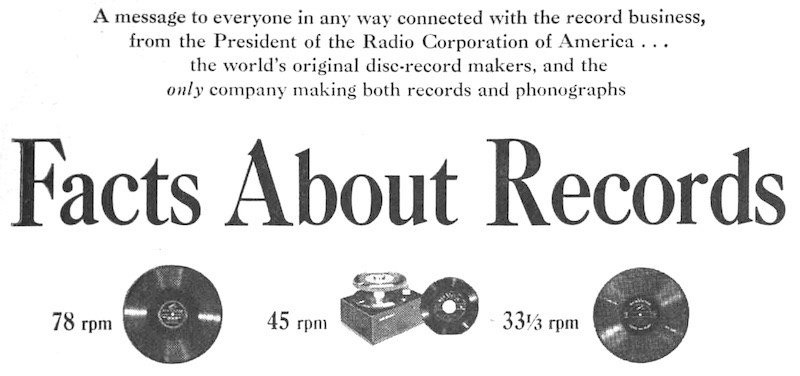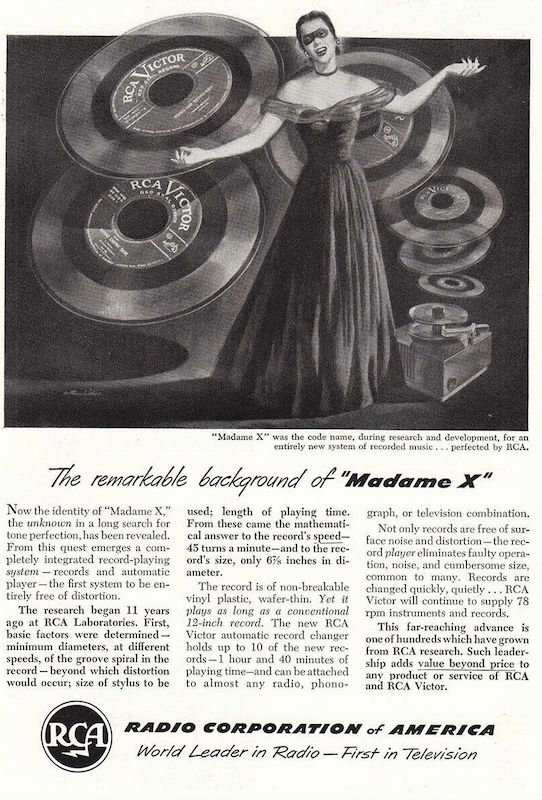How Records Were/Are Manufactured (6)
NOTE to non-Japanese readers:
This article — a deep dive into the history of Mercury’s injection-molded styrene LP records — is written only in Japanese, except the conclusion and summary part (also written in English). Or you may read the entire page with the help of the “Translate to English” feature on many modern web browsers, although I’m not sure if my entire Japanese sentences are translated into English correctly and properly.
第1回、第2回、第3回、第4回、第5回 に続き、戦後のレコード製造工程や原材料の歴史を改めて調べてみた、そんな記録です。
Shelley Products 社によって1940年代末に市場に投入され、一時期は Columbia が開発・実用化・普及に向けて積極的に投資していたスチレンの射出成形法は、LP盤製造では結局は主流とはならず、米国で45回転盤用としてのみ浸透したことを学びました。
また、21世紀に入って、サステナビリティの観点から再び射出成形法が見直され、スチレンではなくリサイクルインフラが整ったPET盤が製造販売されていることを知りました。
最終回となる今回は、もともとレコード製造方法や原材料の歴史を調べるきっかけとなった、Mercury の廉価スチレン製LP盤 について、さまざまな角度から調査してみました。
改めて、今回の一連の調査のきっかけを与えてくださった @zmuku さんに感謝いたします。
手持ちの10インチ盤が同じような質感です。ランアウトのスタンプが凹凸が深い感じです。ついでにジャケット裏面も。 pic.twitter.com/BfgpvnHSMz
— muku (@zmuku) September 15, 2024
プレス工場を特定できる決定的な情報はまだ得られていませんが、レーベルやジャケ裏に印刷されている3本線マークの由来と意味について、非常に妥当な仮説を立てることができた気がします。
Continue reading

